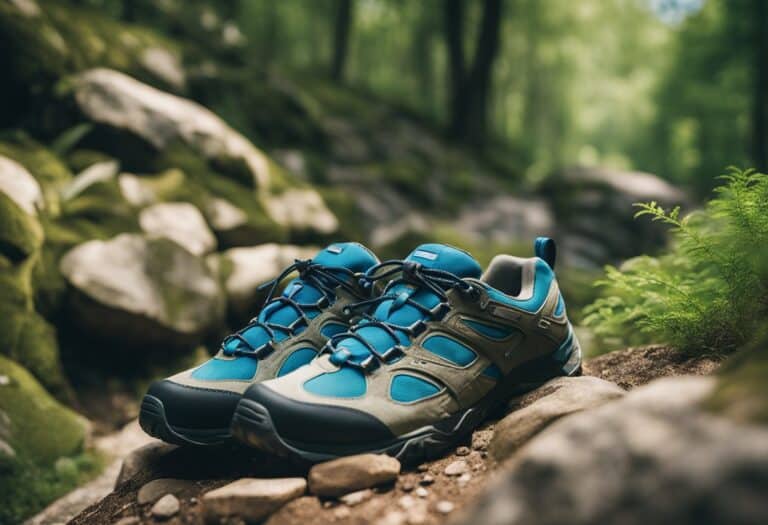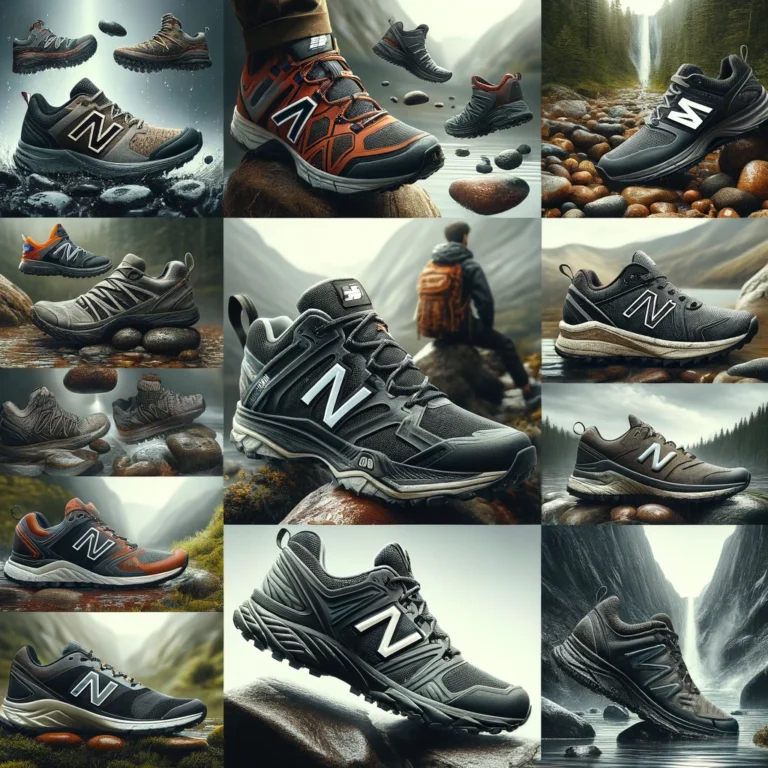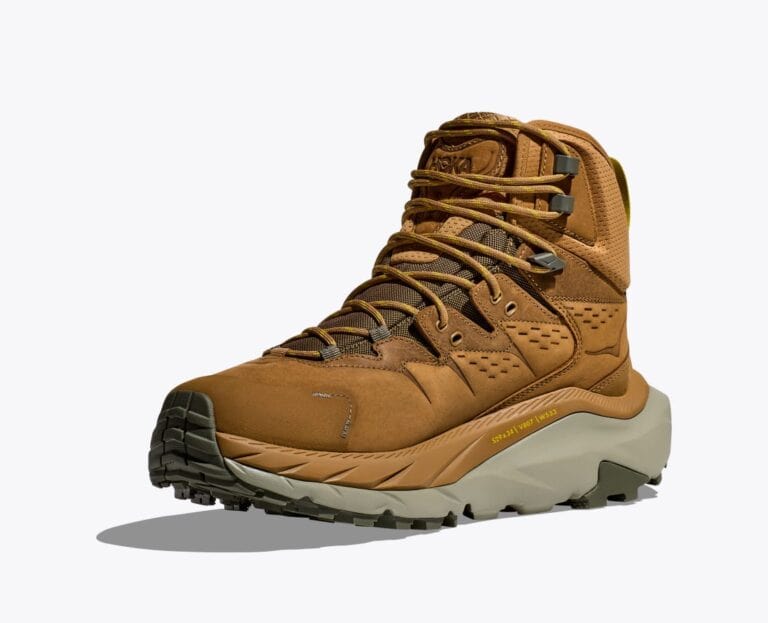Hiking shoes are an essential part of any hiker’s gear, and choosing the right pair can make the difference between a comfortable and enjoyable hike and a miserable one. One brand that has been gaining popularity in recent years is On. On hiking shoes are known for their lightweight design and reliable grip, making them a great choice for hikers who want to move quickly and efficiently on the trail.

On hiking shoes come in a variety of styles, including low-cut trail shoes and mid-cut hiking boots. They are designed to be comfortable and supportive, with features like cushioned soles and breathable mesh uppers. Whether you’re planning a day hike or a multi-day backpacking trip, there is an On hiking shoe that will meet your needs.
When choosing a pair of hiking shoes, it’s important to consider factors like fit, support, and durability. On hiking shoes are designed with these factors in mind, making them a great choice for hikers of all levels. In the following sections, we will explore the different types of On hiking shoes available, key features to consider when choosing a pair, and tips for proper use and maintenance.
Key Takeaways:
- On hiking shoes are a lightweight and reliable option for hikers who want to move quickly on the trail.
- On hiking shoes come in a variety of styles, including low-cut trail shoes and mid-cut hiking boots.
- When choosing a pair of On hiking shoes, it’s important to consider factors like fit, support, and durability. Proper use and maintenance can help extend the life of your shoes.
Types of Hiking Shoes

When it comes to hiking shoes, there are several types available in the market. Choosing the right type of hiking shoe is essential to ensure a comfortable and safe hiking experience. In this section, we will discuss the three main types of hiking shoes: trail runners, hiking boots, and mountaineering boots.
Trail Runners
Trail runners are low-cut shoes that are ideal for day hiking and short backpacking trips with light loads. They are lightweight, breathable, and provide excellent traction. Trail runners are also a good option for those who prefer a minimalist shoe and like to feel the ground beneath their feet.
Hiking Boots
Hiking boots are mid to high-cut shoes that offer more support and protection than trail runners. They are designed for day hikes, overnight backpacking trips, and moderate to difficult terrain. Hiking boots provide excellent ankle support, which is essential for stability on uneven terrain. They are also waterproof and durable, making them a good choice for hiking in wet and rocky conditions.
Mountaineering Boots
Mountaineering boots are the most robust and heavy-duty hiking shoes available. They are designed for extreme conditions, such as high-altitude hiking, snow, and ice. Mountaineering boots provide excellent insulation, protection, and support, making them ideal for technical terrain and extended trips. However, they are also the most expensive and least comfortable of all hiking shoes, so they are not suitable for everyone.
In conclusion, choosing the right type of hiking shoe depends on the type of hiking you plan to do, the terrain you will encounter, and your personal preferences. Trail runners are ideal for day hikes and light loads, while hiking boots are suitable for moderate to difficult terrain and overnight trips. Mountaineering boots are the most robust and heavy-duty hiking shoes available, designed for extreme conditions.
Key Features to Consider

When it comes to choosing the right hiking shoes, there are several key features to consider. We have compiled a list of the most important features that will help you make an informed decision.
Material and Durability
The material and durability of hiking shoes are crucial factors to consider. The shoes should be made of high-quality materials that can withstand the wear and tear of rough terrain. Look for shoes that are made of durable materials such as leather, synthetic fabrics, and Gore-Tex. These materials are not only durable but also provide good breathability and protection from water and moisture.
Traction and Grip
Traction and grip are essential features to consider when choosing hiking shoes. You want shoes that provide good traction on rough, steep, slippery, wet, and muddy terrain. Look for shoes that have a good grip on the sole, as this will help you maintain stability and prevent slipping. Vibram soles are a popular choice for hiking shoes as they provide excellent traction and durability.
Water Resistance
Water resistance is another important feature to consider when choosing hiking shoes. You want shoes that can keep your feet dry and comfortable, even in wet conditions. Look for shoes that have waterproof membranes such as Gore-Tex, eVent, or OutDry. These membranes are breathable and provide excellent protection from water and moisture.
Fit and Comfort
Fit and comfort are crucial factors to consider when choosing hiking shoes. You want shoes that fit well and are comfortable to wear for long periods. Look for shoes that have a snug fit without being too tight or too loose. The shoes should also provide good cushioning and support for your feet, especially in the heel and arch areas. Try on different shoes and walk around in them to ensure that they are comfortable and provide a good fit.
In conclusion, when choosing hiking shoes, it’s essential to consider the material and durability, traction and grip, water resistance, fit and comfort. By keeping these features in mind, you can find the perfect hiking shoes that will provide you with the protection, support, and comfort you need for your next outdoor adventure.
Proper Use and Maintenance

Breaking In New Shoes
When you first purchase a new pair of hiking shoes, it’s important to break them in properly to avoid blisters and discomfort during your hikes. Start by wearing your shoes around the house for short periods of time to get your feet used to them. Then, gradually increase the amount of time you wear them each day until they feel comfortable.
Cleaning and Care
Proper cleaning and care of your hiking shoes can extend their lifespan and keep them looking and feeling great. Use a soft brush to gently remove dust and dirt after each hike. For a more thorough cleaning, you can use a mixture of water and vinegar or a boot cleaner specifically designed for your shoe material. Be sure to rinse off all soap and allow your shoes to air dry completely before wearing them again.
When it comes to waterproofing your hiking shoes, be sure to follow the manufacturer’s instructions and apply the treatment while the shoes are still wet. This will help the treatment penetrate the material and provide the best protection.
When to Replace
Even with proper care and maintenance, hiking shoes will eventually wear out and need to be replaced. Signs that it’s time for a new pair of shoes include worn-out soles, holes or tears in the material, and a lack of support or cushioning. If you notice any of these signs, it’s time to invest in a new pair of hiking shoes to ensure your safety and comfort on the trails.
Remember, proper use and maintenance of your hiking shoes can make all the difference in the quality of your hiking experience. Take the time to break in new shoes, clean and care for them regularly, and replace them when necessary to ensure you’re always prepared for your next adventure.






